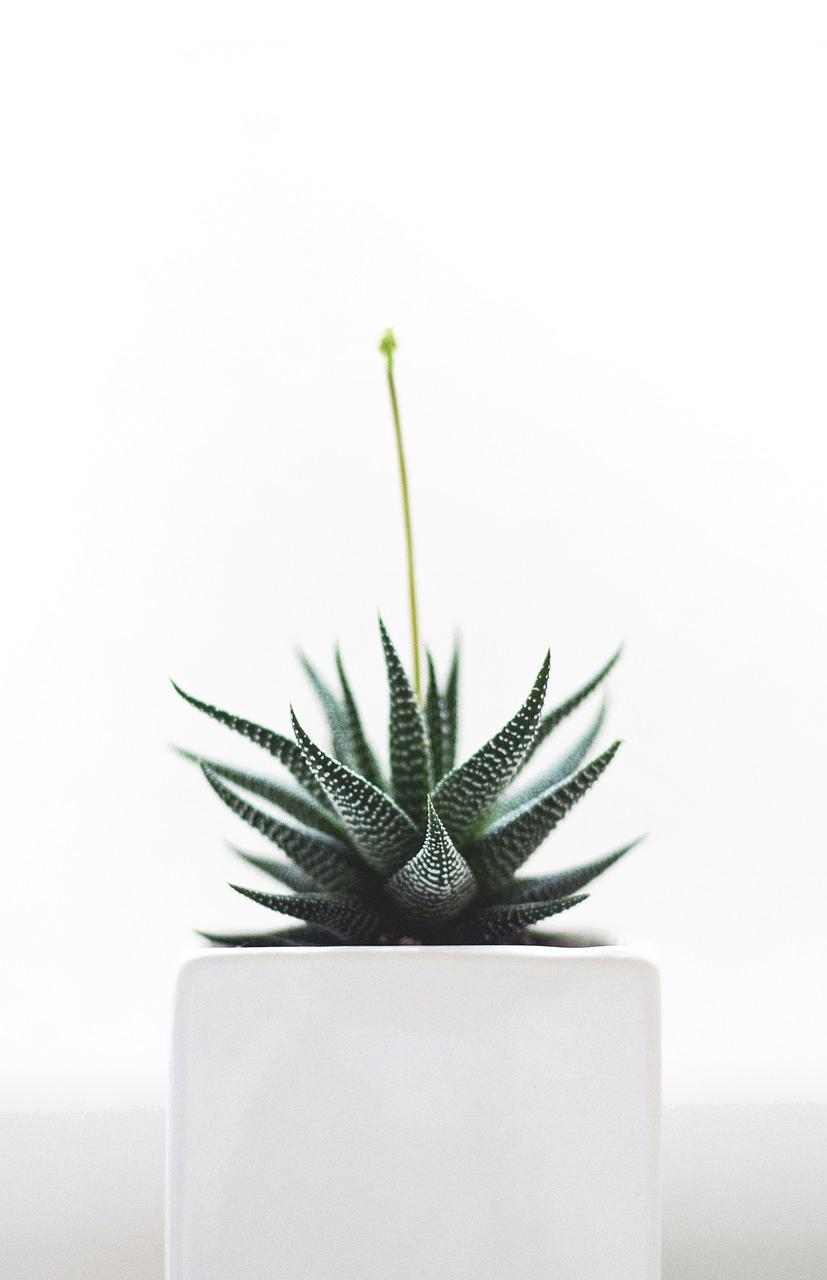When it comes to the geographical distribution of cacti, these incredible plants tend to thrive in particular regions known for their arid and dry conditions. The natural habitat of cacti is primarily centered in the deserts of North and South America. These areas provide the ideal environment for cacti to flourish due to the minimal rainfall and intense heat.
Within North America, cacti can be found in the iconic Sonoran Desert, which spans across parts of Arizona, California, and Mexico. This diverse desert landscape is home to a wide variety of cactus species, ranging from the towering Saguaro cactus to the compact Barrel cactus.
Heading further south, cacti also thrive in the deserts of South America, particularly in regions like the Atacama Desert in Chile and the Monte Desert in Argentina. The unique climate and soil conditions of these areas have allowed cacti to evolve and adapt to their surroundings over thousands of years.
While cacti are most commonly associated with the American continents, these resilient plants have also spread to other parts of the world. In regions with similar arid and semi-arid climates, cacti have been able to establish themselves and thrive. For example, in parts of Africa, Australia, and even Europe, cacti can be found growing in gardens, parks, and natural habitats.
Despite their adaptability, cacti still prefer specific conditions to grow successfully. They require well-draining soil to prevent waterlogging, plenty of sunlight to fuel photosynthesis, and limited water to mimic their natural desert environment. These requirements make cacti well-suited for dry and arid landscapes.
In addition to deserts, cacti can also be found in other habitats with dry conditions, such as rocky slopes, sandy dunes, and grasslands. Some cactus species have even adapted to survive in high-altitude environments, where the air is thin and the temperatures can be extreme.
One of the key adaptations that make cacti so successful in their chosen habitats is their ability to store water in their fleshy stems. This unique trait allows cacti to survive long periods of drought and scarcity, making them well-suited for environments where water is scarce.
What is truly fascinating about cacti is their incredible diversity in terms of size, shape, and form. From the flattened pads of the Prickly Pear cactus to the towering columns of the Organ Pipe cactus, each species of cactus has evolved to occupy a specific niche within its environment.
Despite their prickly appearance, cacti play a crucial role in their ecosystems by providing food and shelter for a variety of desert animals. Birds, insects, and even mammals rely on cacti for sustenance, while also using them as nesting sites and protection from predators.
In conclusion, the question of where a cactus grows is not limited to a single answer. While cacti are primarily associated with the deserts of North and South America, these remarkable plants have found ways to thrive in diverse habitats around the world. Their unique adaptations and resilience make cacti a fascinating subject of study and appreciation for nature enthusiasts everywhere.

